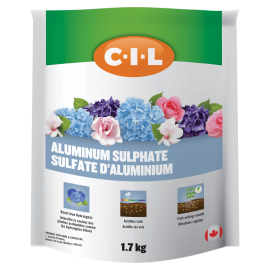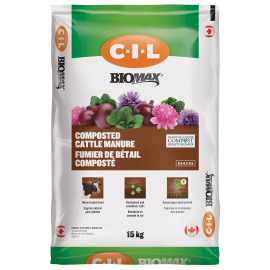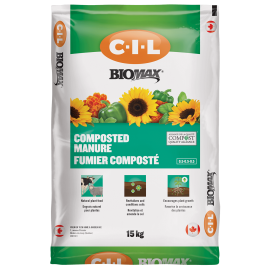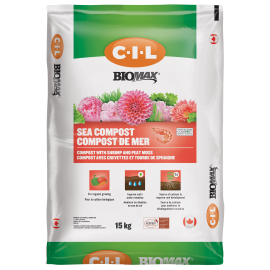Guide to Feeding Your Vegetable Garden
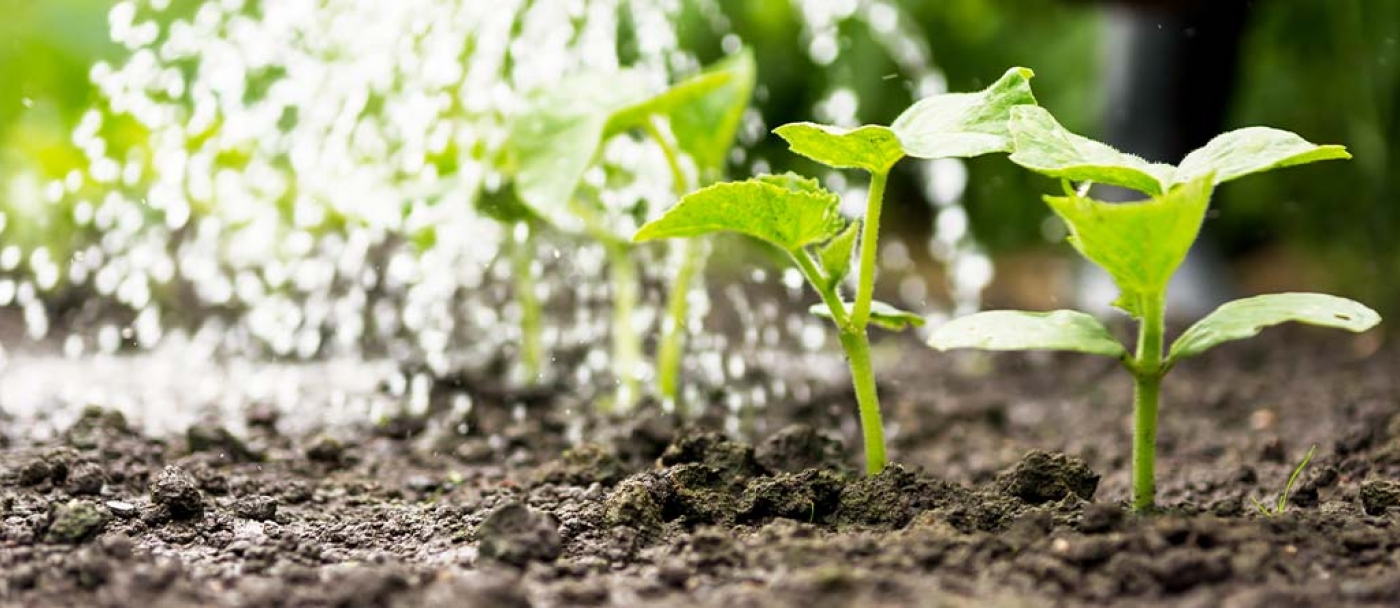
Plants absorb vegetables and minerals from the soil, but vegetable plants are rapid growers that deplete available nutrients fairly quickly. Feeding your vegetable garden correctly gives hungry plants a boost and ensures they remain healthy enough to produce a bountiful harvest.
Specific use of fertilizers depends on the particular plant, but the following guide provides the basic information for feeding your vegetable garden.
- Most plants benefit from a good quality, balanced plant food such as a vegetable and herb mix that contains Canadian sphagnum peat moss to improve moisture retention, compost to provide nutrients and encourage activity of helpful microbes, and sand to improve soil drainage.
- Look for a vegetable and herb mix containing mycorrhizae, a beneficial fungi that increases the plants ability to draw nutrients from the soil.
- Work 2 to 4 cm of the substance into the top of the soil before planting vegetable seeds.
- Thereafter, scatter a small amount of organic fertilizer along the rows, or in rings around individual plants every three to four weeks. Use a product with a balanced NPK ratio such as 10-10-10.
- Alternatively, use a slow-release fertilizer that will feed the plant in a gradual, controlled way. Read the label for specifics.
- Avoid high nutrient plant foods (indicated by the N on the front of the package), as too much nitrogen can produce lush green foliage but few vegetables.
- Clay-based soil may need a little less fertilizer, while sandy soil often requires slightly more.
- You can also use a water-soluble fertilizer, which is particularly effective for vegetable plants grown in containers. Water-soluble products are generally applied with a watering can.
- Vegetable plants also benefit from organic products such as fish emulsion or blood meal. However, while such products have great long-term benefits, they may not work quickly enough to save a malnourished plant.
- Apply plant food carefully, as too much fertilizer is always worse than too little.
- Keep fertilizer off the foliage and always water well immediately after feeding.

